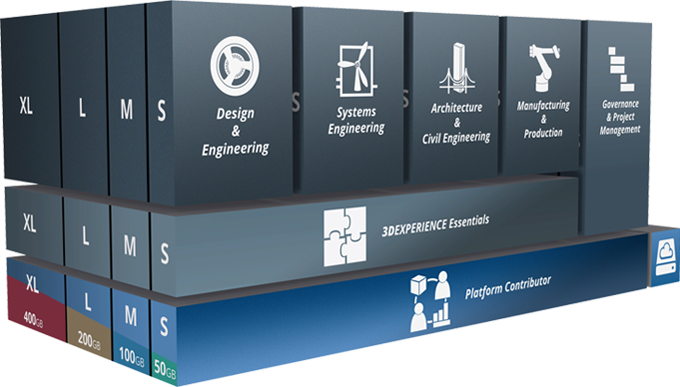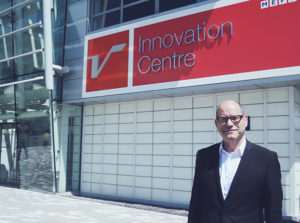Industrial design: Prepare for product as a service

Bob Hillier, managing director of product lifecycle management solutions provider Design Rule discusses the concept of PaaS and the software tools that can help OEMs make the move to this new sales model
Global power systems company Rolls-Royce recently celebrated the 50th anniversary of its “Power-by-the-Hour” approach to engine maintenance management.
Since its introduction, we’ve seen companies from the automotive, aerospace and industrial sectors following suit, making product as a service (PaaS) plans available to their customers.
Offering PaaS involves a complete transformation of the original equipment manufacturer business model. It returns ownership and responsibility to the OEM, which drives the need for more reliable and higher quality products being delivered.

If adopted on a wider scale, the PaaS business model becomes the basis of what industry is calling the new circular economy.
As opposed to today’s economy, which is linear because products are bought, used and then disposed of, in the circular economy, a product is kept in use for as long as possible and fully recycled at the end of its life.
Building relationships
One of the main advantages of offering PaaS is that the model gives OEMs the opportunity to build long-standing and deeper relationships with their customers.
This naturally affects the level of trust between the two parties and presents opportunities for the OEM to propose additional products and services to compliment those already being used.
Economic impact
Research into PaaS suggests this business model can lead to increased economic and environmental efficiency, or eco-efficiency. Eco-efficiency is a concept that refers to maximising value, while minimising environmental impact.
The transfer of ownership back to the OEM creates the drive to increase a product’s efficiency and quality due to the stronger incentive structures of the PaaS contract.
When purchasing PaaS, the customer pays the OEM based on output, rather than input materials. This means the OEM and the customer share the same incentives; lower materials throughput and increased process efficiency, resulting in lower total cost of use to the customer, and greater profits to the OEM.
The Industrial Internet and the Internet of Things brings a real opportunity for manufacturers to support these new business models, such as PaaS, and in an eco-efficient way.
The rise of cloud computing and big data analytics makes it possible for manufacturers to process large amounts of data at a small cost, leading to more in-depth knowledge of the product they’re maintaining as part of their service.
The challenge is delivering this data in a way that the manufacturer can use it effectively; and to give its design and engineering teams concise input to improve the product, its manufacturing, and its in-life service.
Quality control
It is important that OEMs offering PaaS maintain high quality standards throughout the production process with a combination of best practice process quality and product quality.
While product quality refers to the end product meeting the required specifications, process quality ensures the manufacturing and testing procedures are well-defined and measured.
PLM software, such as Dassault Systèmes’ 3DExperience, enables optimised virtual products to go through optimised virtual manufacturing processes.
Any design or process quality concerns are fixed during the design stage; and key suppliers can securely access the 3DExperience platform to ensure their part of the end product is fully aligned with the OEM’s product and process requirements.
If your business is preparing to offer PaaS, it’s important to work with a PLM supplier who understands the requirments and can offer support throughout the implementation process, and to ensure the PLM platform works seamlessly with your existing systems.

